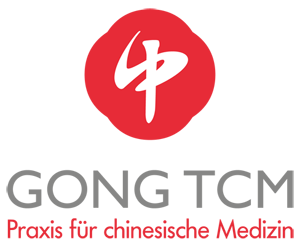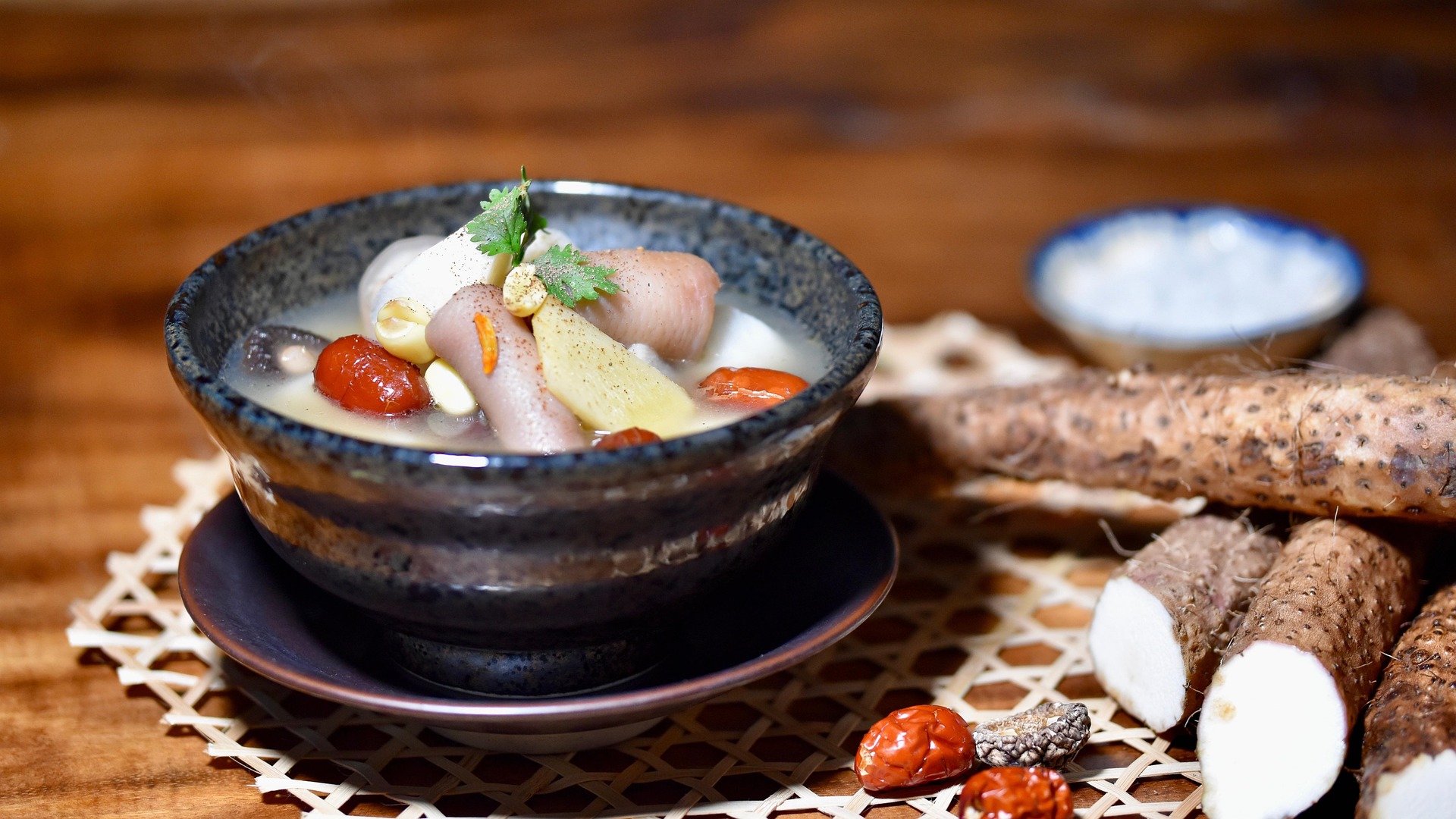Five Elements Nutrition Counseling
Traditional Chinese Medicine (TCM) views food and its effects on our health in a completely different way — without relying on numerical guidelines. TCM dietary therapy focuses on the properties of foods and how they can actually be used as medicine to maintain health, prevent illness, and treat diseases. This approach is also known as Five Elements Nutrition.
In TCM, everything is seen through the concept of Yin and Yang, with the ideal being a complete balance between the two. In Five Elements Nutrition, foods are used as medicine to achieve and maintain this balance by simply adding certain types of foods or removing them from the diet. The body and internal organs are also associated with the five elements and colors: Wood (green), Fire (red), Water (black/blue), Earth (yellow), and Metal (white), as well as the five seasons. Foods are no exception and are categorized into five main groups based on taste.
The Fire element in Five Elements Nutrition corresponds to the summer season, has a bitter taste, and is linked to the heart and small intestine. Bitter foods are typically stimulating and have cooling and laxative qualities: black coffee, black tea, dark chocolate, corn, and green tea. Excessive consumption of bitter foods can be dehydrating, affect the nervous system, and ultimately weaken the heart and digestive tract.
The Earth element, associated with late summer, has a nourishing quality in Five Elements Nutrition and is linked with all things sweet. It corresponds to the stomach and spleen. The mouth is considered the gateway to the stomach, and often during times of stress, we tend to eat more or choose certain sweet foods to relieve that stress. Foods like refined sugar, pasta, bread, sweet fruits, and cheese all have calming and lethargic properties. Too much of these can disrupt digestion and cause bloating.
In the autumn season, the Metal element is connected with the pungent (spicy) taste. The “Metal” organs are the lungs, large intestine, and skin. Eating spicy foods like chili peppers, garlic, onions, and ginger usually makes you sweat. If you want to improve your appetite and speed up digestion, add spicy foods to your diet.
Foods associated with the Water element have a salty taste. This element in the body is represented by the kidneys and bladder. Too much of anything salty or watery — such as mushrooms, beans, soy sauce, olives, watermelon, and cucumbers — can cause problems like thirst, hunger, water retention, and even anxiety. And during the corresponding season — winter — we tend to eat many foods connected with the Water element.
In spring, the Wood element is emphasized in Five Elements Nutrition, especially through foods like oats, rye, wheat, apples, citrus fruits, green vegetables, and green lentils. These have a cleansing effect on the body and affect the liver and gallbladder. For example, drinking a cup of warm water with lemon juice can help process fats, especially after a heavy, rich meal.
In Five Elements Nutrition, it is important to eat foods that correspond to the current season and your local region. Naturally, your individual constitution also plays an important role in selecting the right foods. We are happy to advise you on this.



